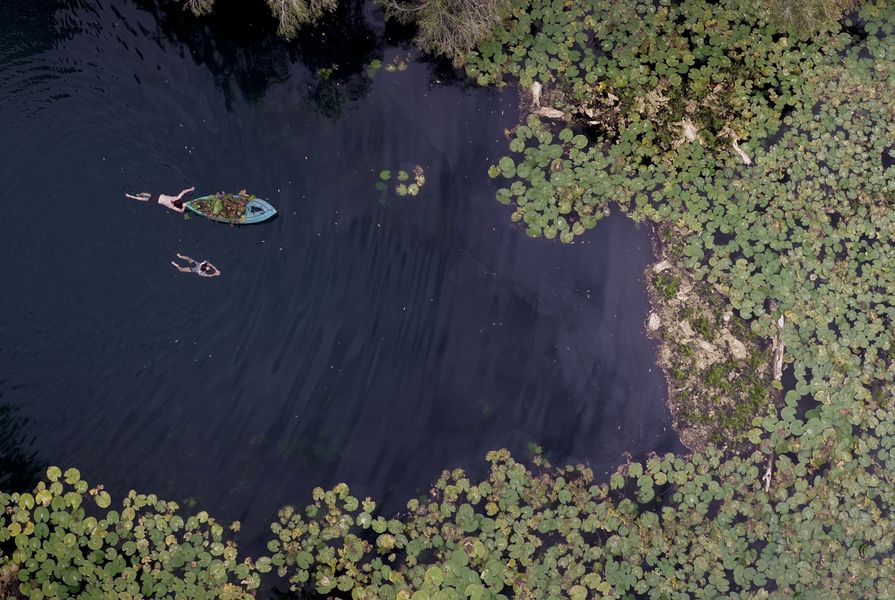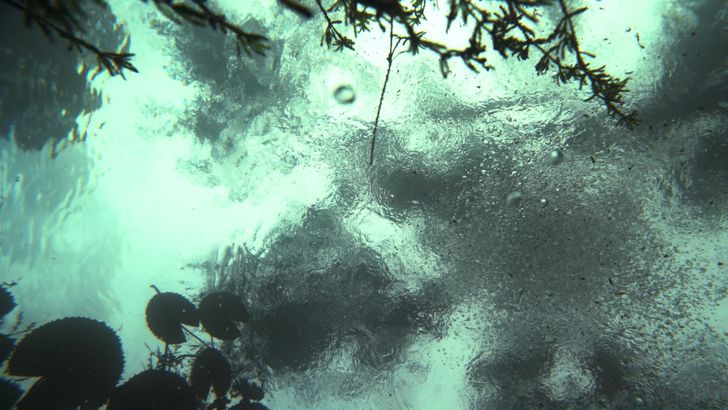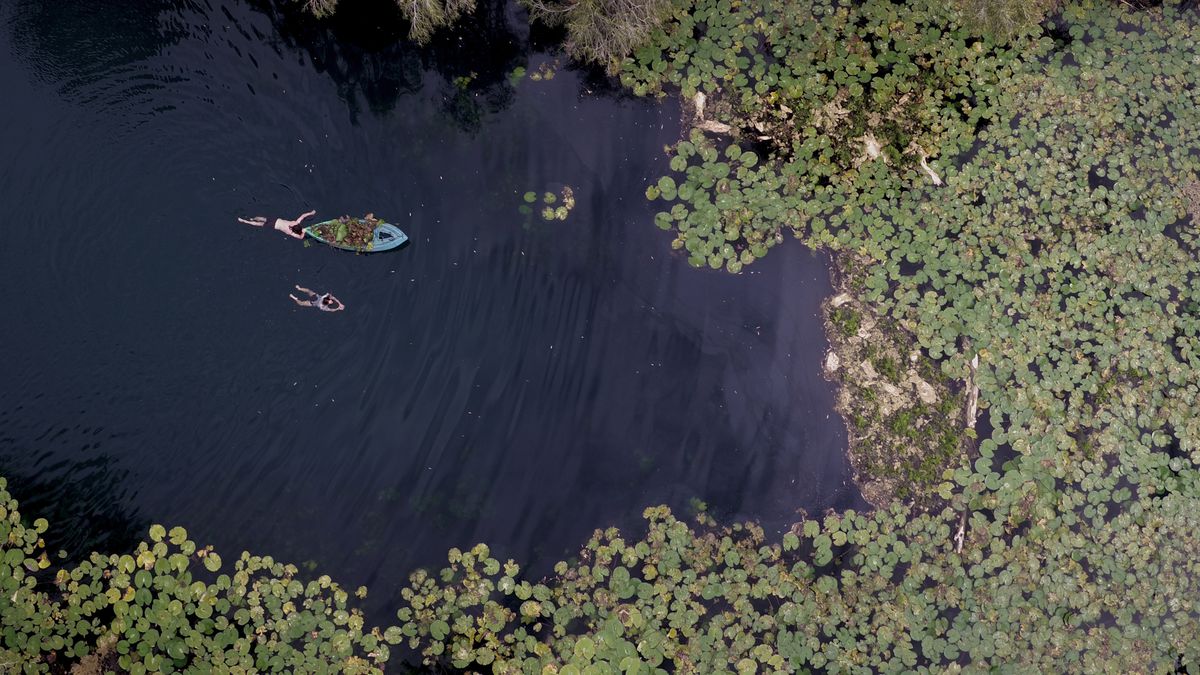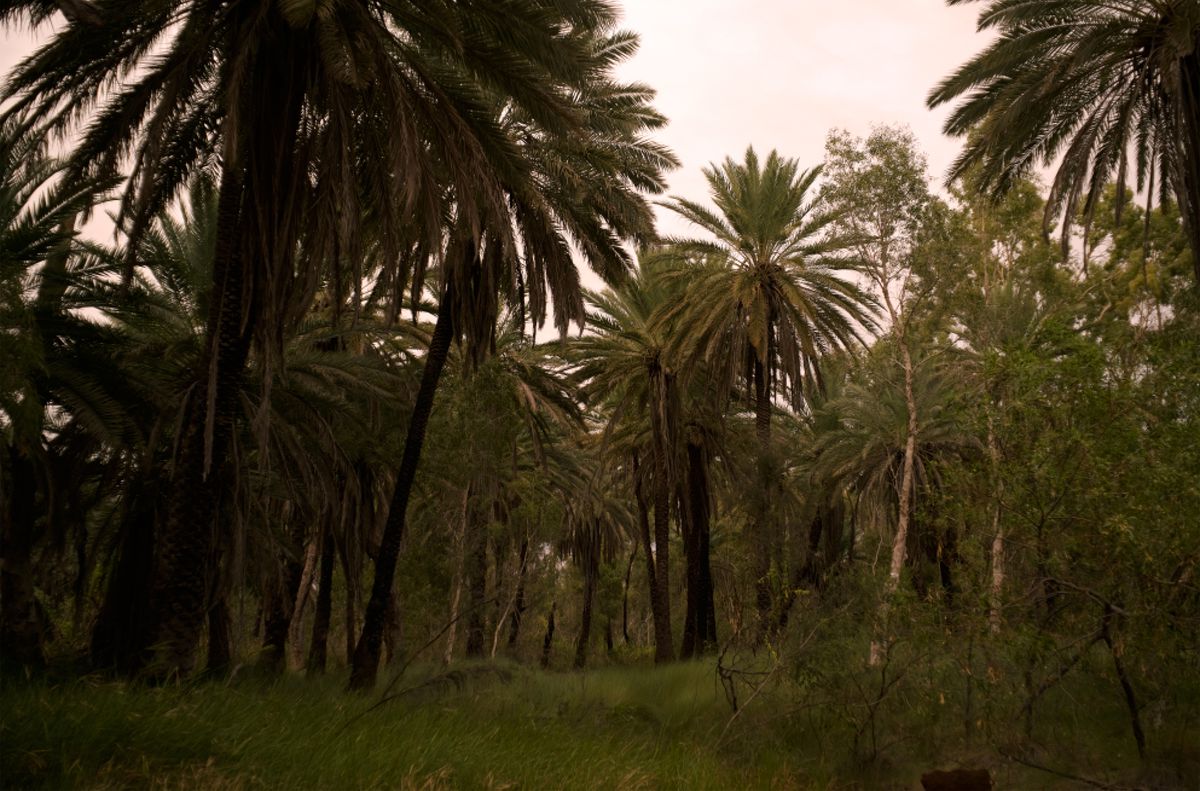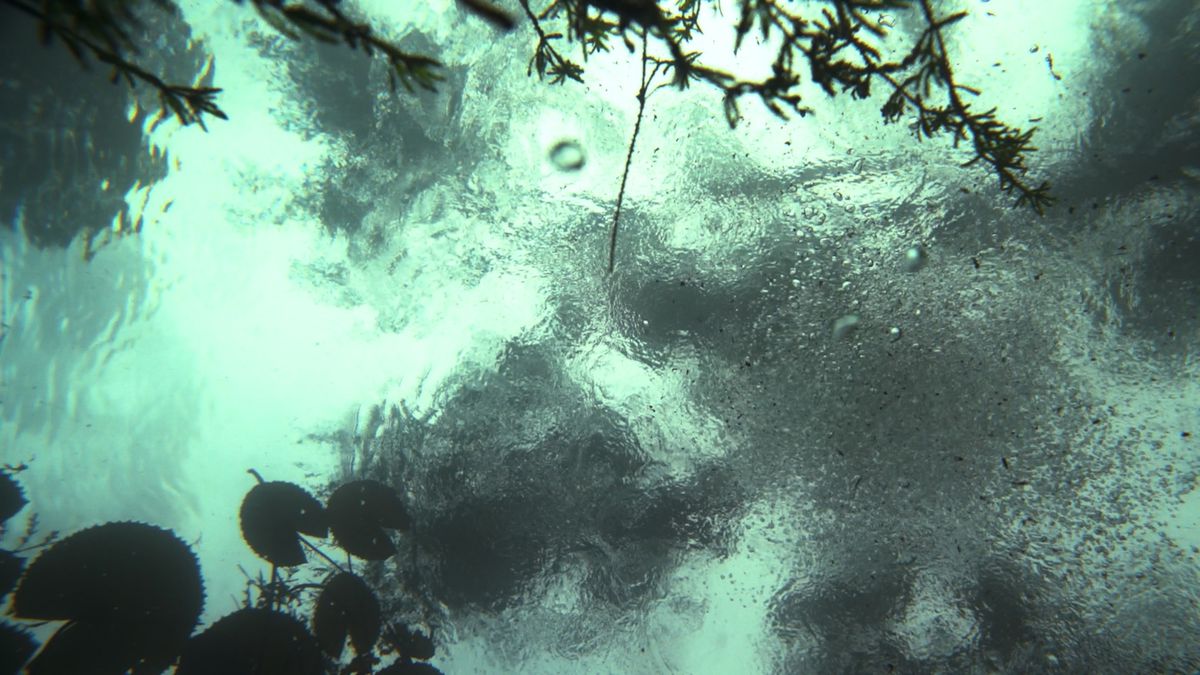Pilar Mata Dupont, Multispecies Salon #5, (2018), Glicée print, 40 x 60cm. Image:
Pilar Mata Dupont
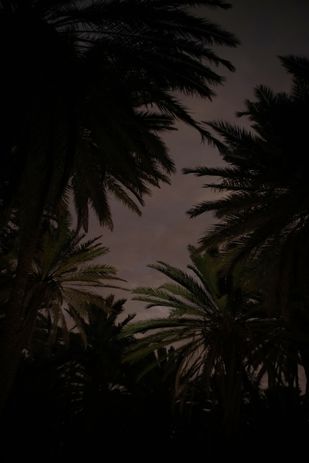
A site sacred to the local Yindjibarndi people, Jirndawurrunha was transformed during the 1920s when various species of invasive flora – lillies from the Kimberley region, Afghan date palms and numerous varieties of vines were brought in by the British settlers of a pastoral homestead. Pilar Mata Dupont explores the competing interests of ecological preservation and tourism through a photographic series, fabric sculptures and a three-channel video installed within the gallery space.
“I’m very much interested in Western ideas of beauty and the landscape, particularly eighteenth and nineteenth century ideas of the picturesque,” Mata Dupont says. “These persistent weeds evade total eradication, creating a pervasive ‘colonial garden’ visited by numbers of tourists every year.”
Much of Mata Dupont’s previous work has dealt with aspects of colonialism and Undesirable Bodies extends her work into the realm of the natural environment. Developed during a residency hosted by the gallery in the Pilbara last year, Mata Dupont worked with staff from the Department of Parks and Wildlife, a botanist and the native title owners of the area to conduct research and gather information on the area’s social, ecological and environmental context.
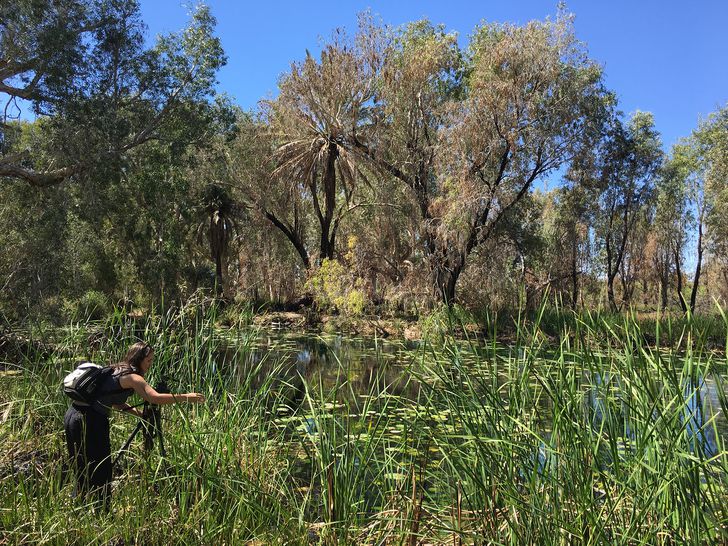
Artist Pilar Mata Dupont at Jirndawurrunha Pool.
Image: Mollie Hewitt/FORM
Vegetation – date palms, vines and lillies – are the main protagonists in Mata Dupont’s film, which explores how the management and removal of these species is undertaken by a team of Department of Parks and Wildlife rangers, Indigenous rangers and volunteers all working within the contemporary framework of the park’s unique and contested ecological and cultural setting.
While the work does not explicitly explore ideas of Indigenous ownership, the native title owners, the Yindjibarndi Aborginal Corporation, were consulted to ensure that permissions and protocols relating to working within the site were observed and respected throughout the project’s development process.
Pilar Mata Dupont ‘Undesirable Bodies’ (2018), three-channel video, sound, colour, 16:16 min running time.
Image: Pilar Mata Dupont
“I wanted to make a kind of documentary – a staged documentary – which focused on the actual plants themselves,” Mata Dupont says. The result she describes as a “facto-fictional documentary” – a film firmly rooted in facts, but with a fictional narrative.
Pilar, who currently works between her hometown of Perth and the Netherlands, will also be exhibiting this body of work, in addition to another series of works in Rotterdam in September. Based on research currently being undertaken in London’s Kew Gardens, the second series will continue her exploration of the “picturesque,” and will draw from a Virginia Woolf short story, “Kew Gardens,” which Mata Dupont hopes to deconstruct and recreate.
Undesirable Bodies runs 2 February – 6 April 2018 at FORM Gallery, Perth.
The exhibition forms part of the 2018 Perth Festival visual arts program.

